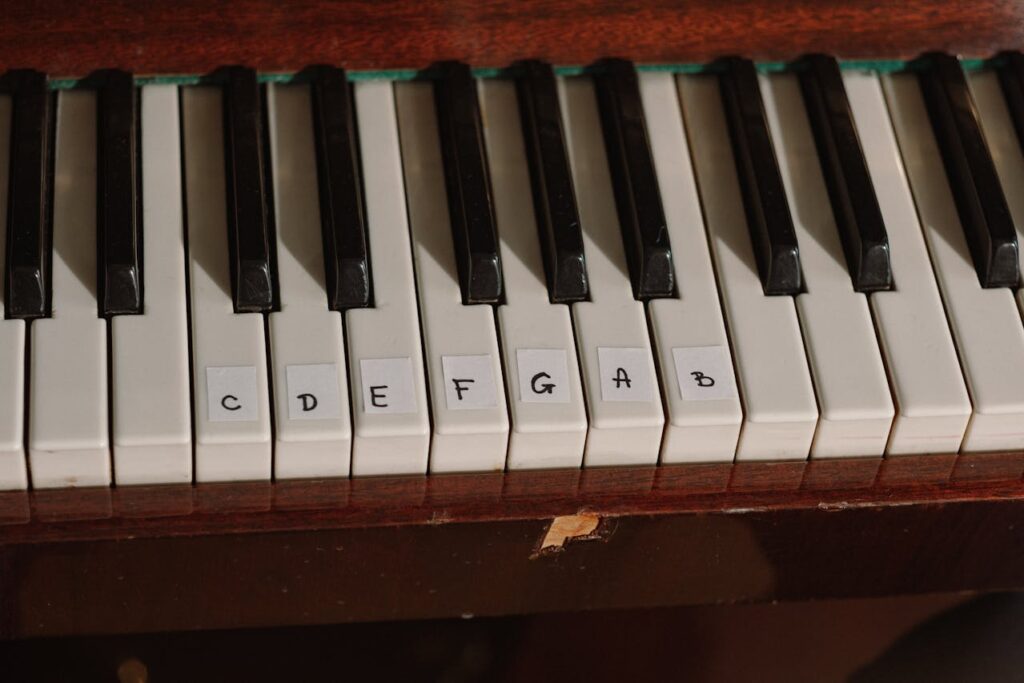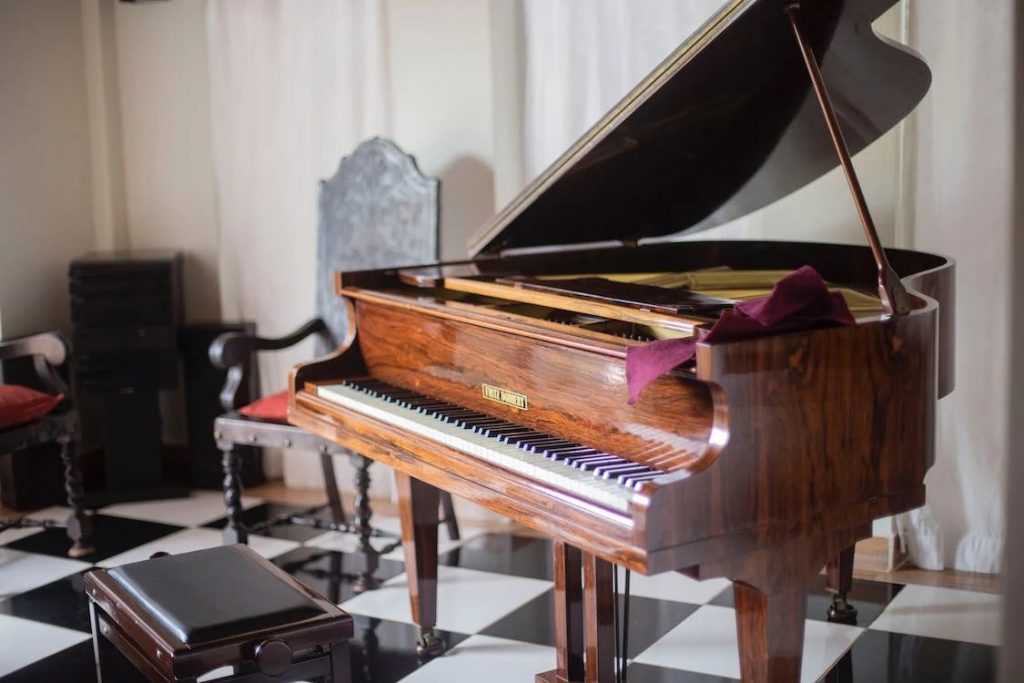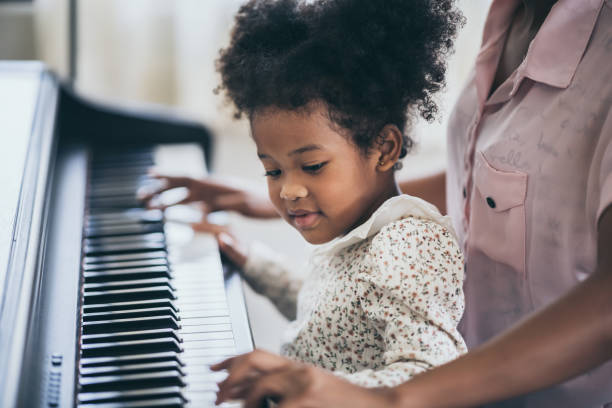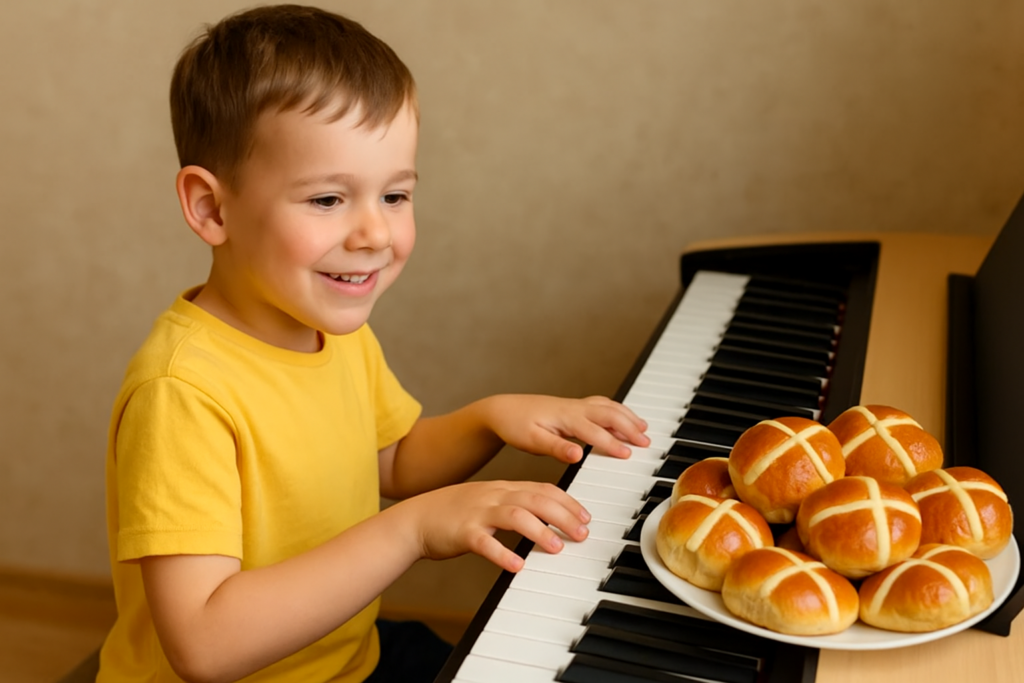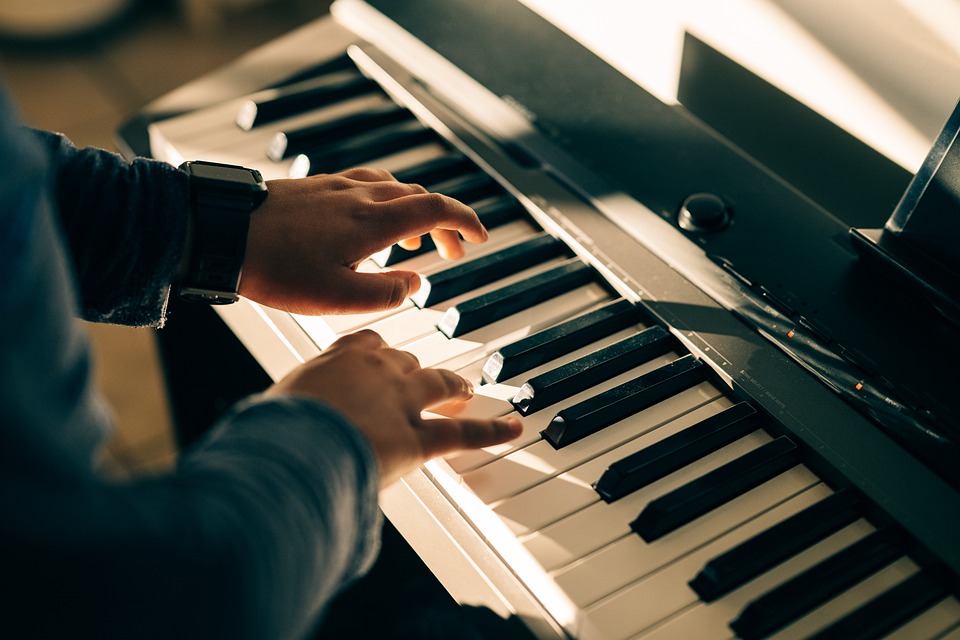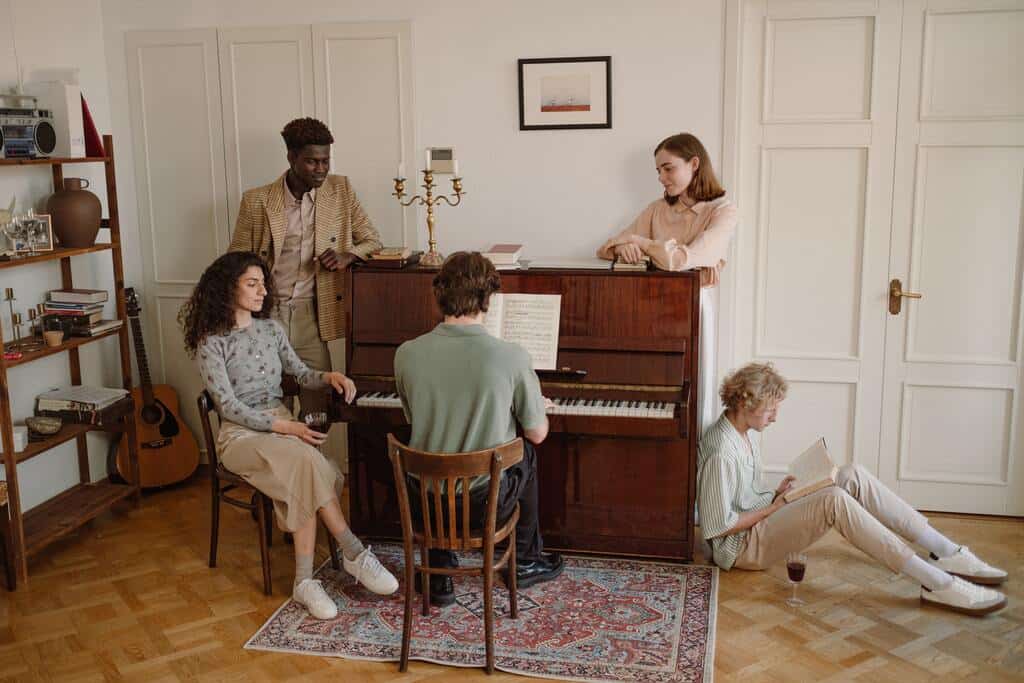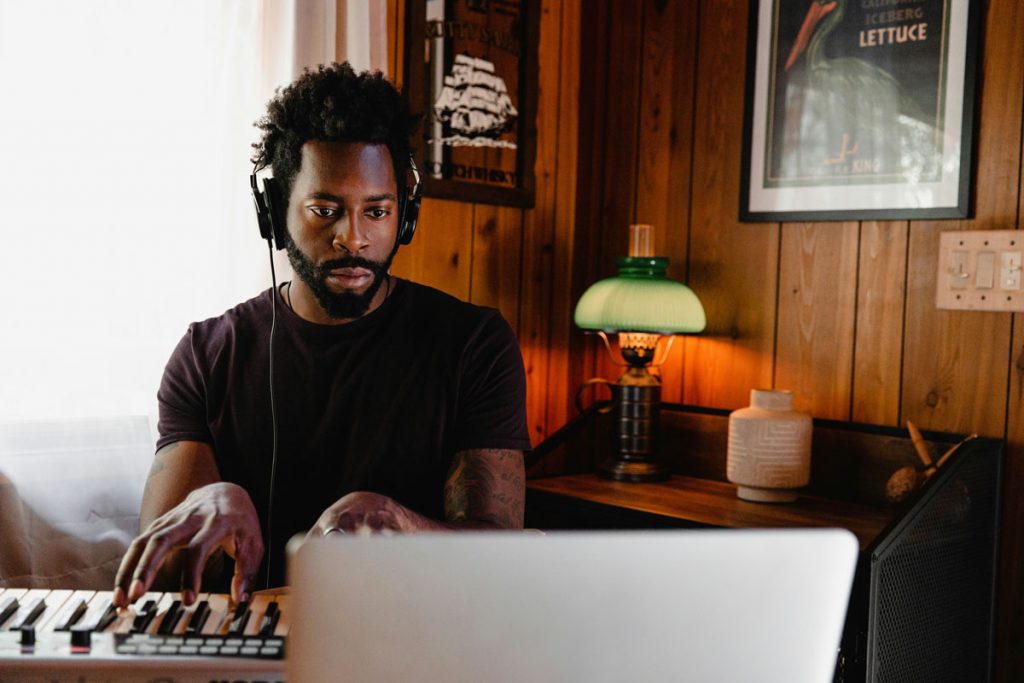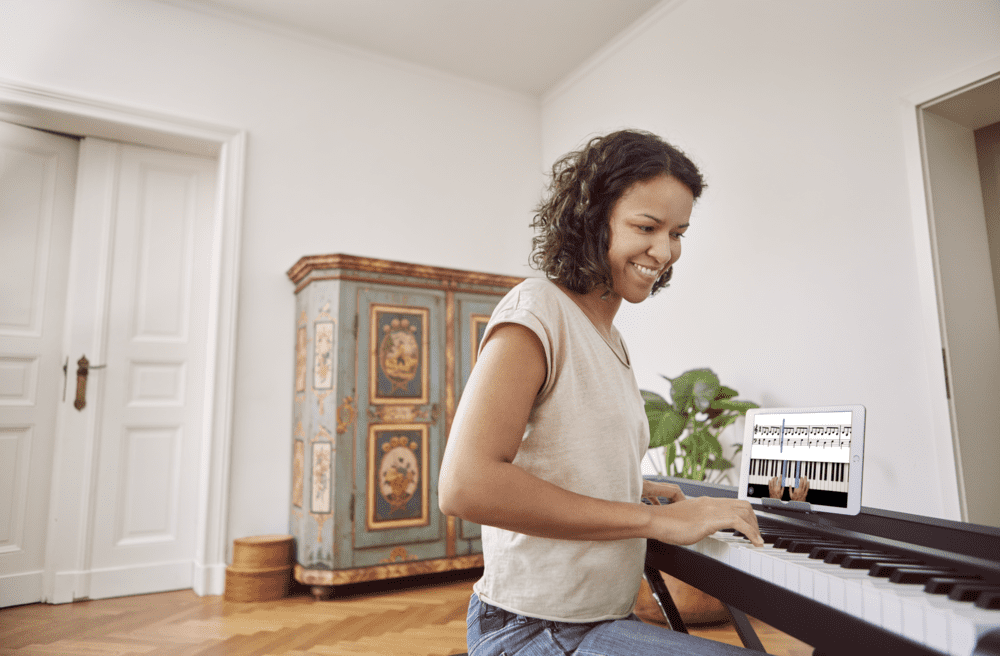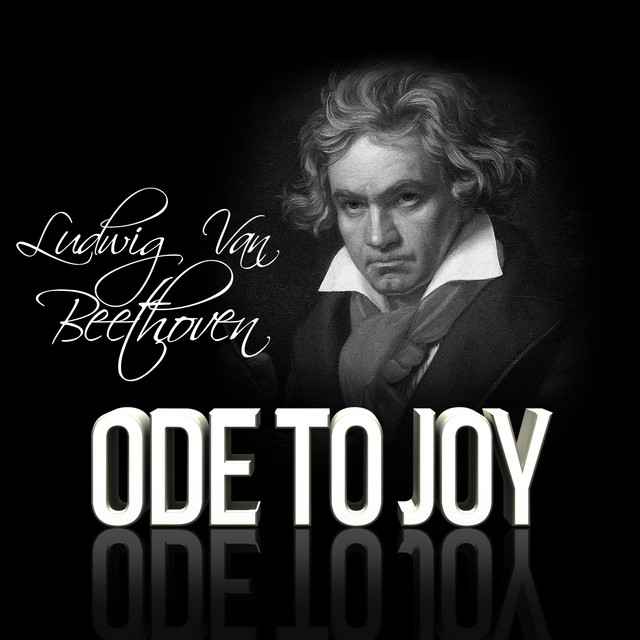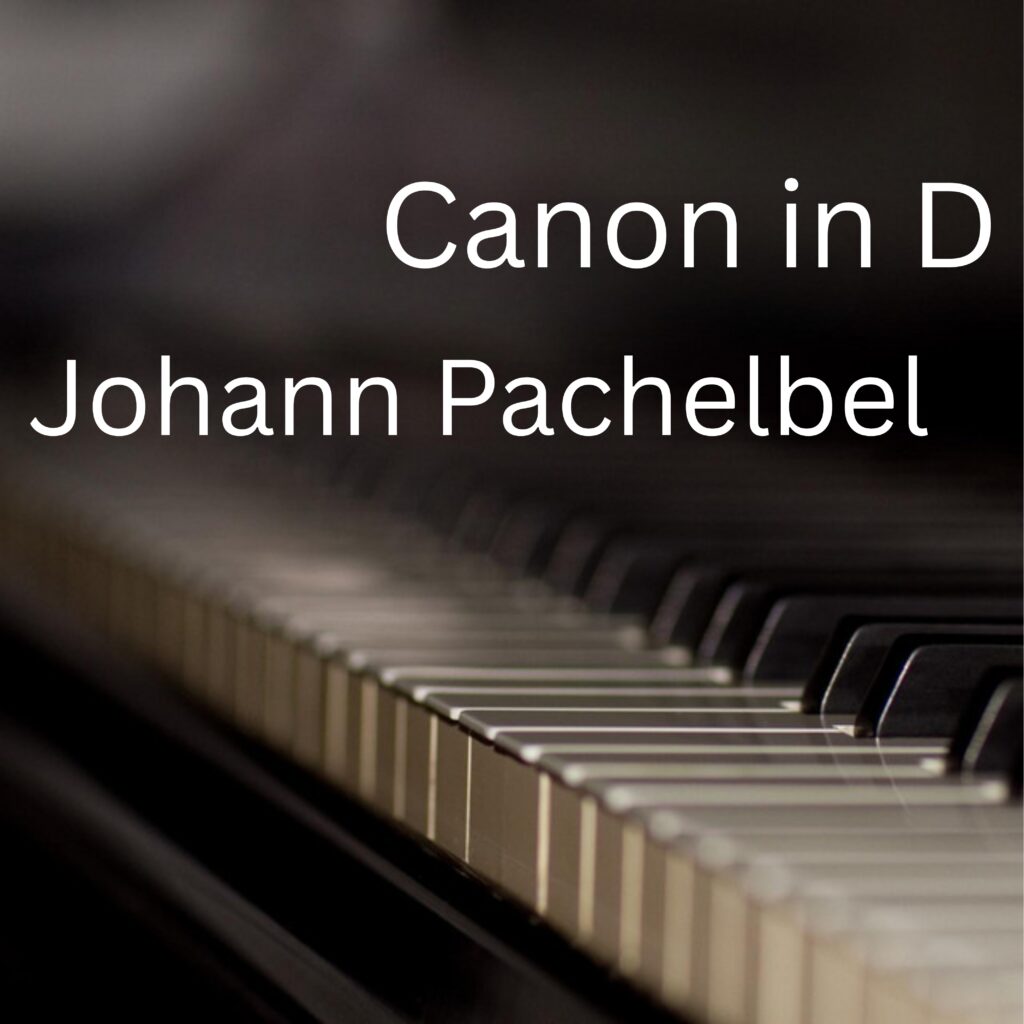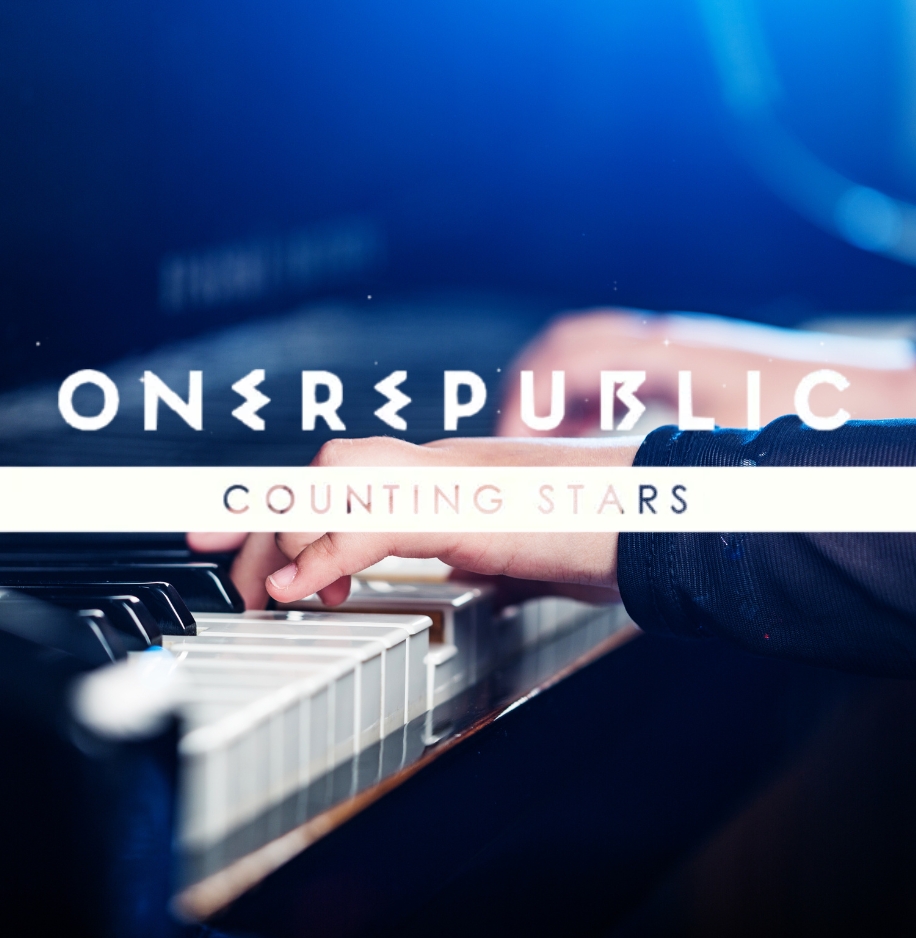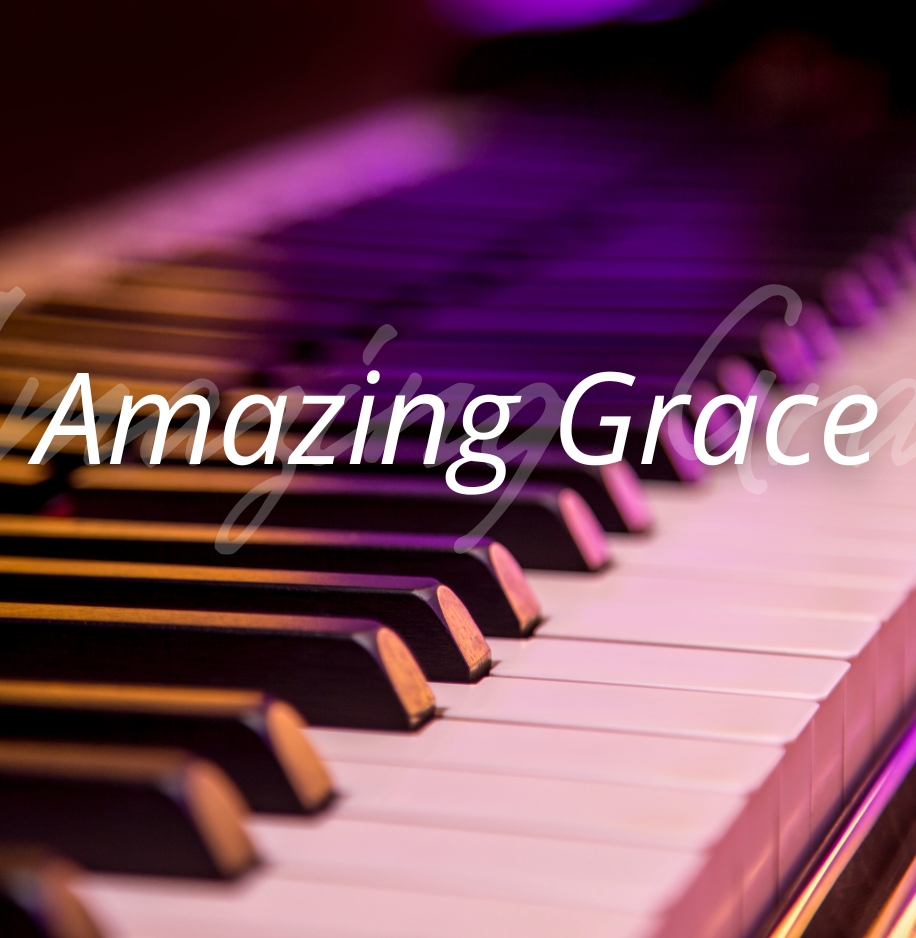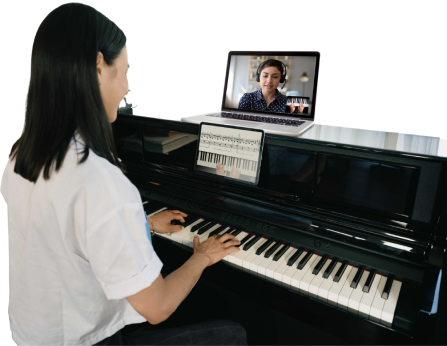Easy piano chords every beginner should know
Want to know how to play piano chords? Are you looking for a quick, clear guide to help you get to grips with basic piano chords? You’re in the right place. Formed by playing two, three or more notes together, basic piano chords can shape the emotional tone and structure of a piece of music. …
Easy piano chords every beginner should know Read More »



